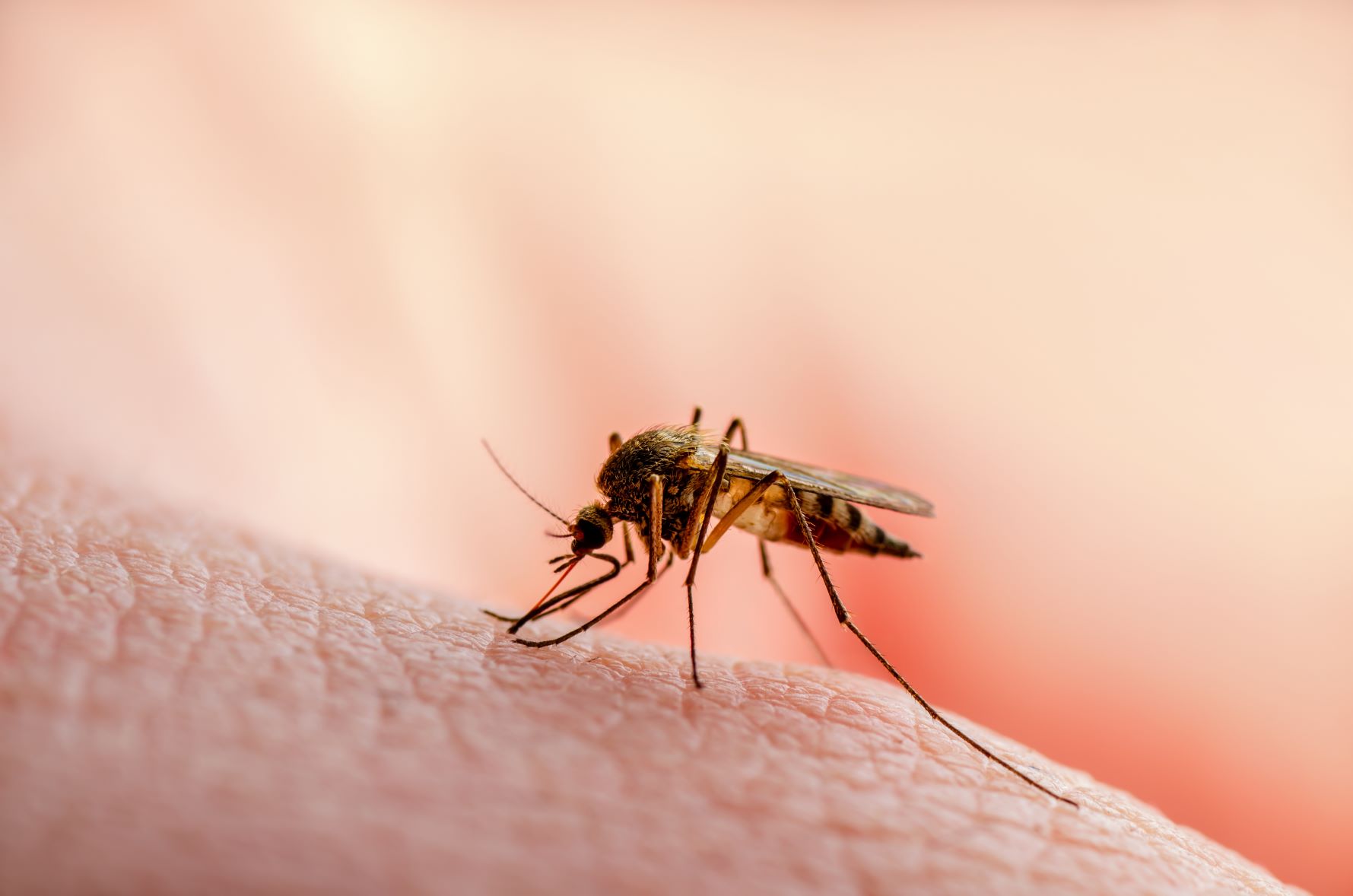- MVEV has been detected in mosquitoes trapped in the Berri Barmera, Renmark Paringa, Loxton Waikerie, Mid Murray, and Murray Bridge Local Government Areas in early January 2023. MVEV also has been detected in mosquitoes trapped in Victoria and New South Wales. MVEV is endemic in birds in northern Australia but illness in humans is rare. No human cases have been identified in Australia in 2023, with the last human case in South Australia in 2011.
- Increased rainfall has resulted in an increase in nomadic birds from northern Australia, that may carry MVEV, coming to South Australia. Also ongoing flooding in many parts of South Australia has led to an increase in standing water, a prominent breeding site for mosquitoes.
- MVEV infection is spread by mosquito bites. There is no person-to-person spread. There is no specific treatment for MVEV infection and no vaccine to prevent infection.
- West Nile virus (Kunjin variant) (WNV/KUN) and Japanese encephalitis virus (JEV) are other mosquito-borne flaviviruses that should be considered as differential diagnoses for acute encephalitis in at-risk populations. Ross River virus infection and Barmah Forest virus infection can also be spread by mosquitoes in South Australia.
Murray Valley encephalitis virus (MVEV)
- Many people infected with MVEV are asymptomatic or have mild symptoms such as fever, headache, nausea and vomiting. Less than 1% of people develop meningitis or encephalitis and symptoms may include: increasing confusion, headaches, neck stiffness, tremors, drowsiness and seizures. In infants and young children meningitis or encephalitis may present as irritability or floppiness. The incubation period is usually 7-12 days (range 5-28 days) after exposure.
- About 20% of persons who develop severe MVEV infection will die. About 40% of those who survive will have permanent neurological damage. Others may take several months to recover.
- Infection with MVEV is believed to confer life-long immunity.
Medical practitioners are advised to:
- Encourage prevention of mosquito bites through ‘fight-the-bite’ measures such as:
- Avoiding exposure outdoors when mosquitoes are active (particularly at dawn, dusk and throughout the night).
- Covering up with long-sleeved, loose fitting, light-coloured clothing.
- Using insect repellent containing DEET, picaridin, or oil of lemon eucalyptus liberally on exposed skin.
- Using mosquito-proof mesh on doors, windows, vents and chimneys, covering sleeping areas with mosquito nets and using aerosol or surface insect sprays to help control mosquitoes inside the home (according to manufacturer’s instructions).
- Removing potential mosquito breeding sites from around the home.
- Consider MVEV in persons with encephalitis/meningoencephalitis.
- Discuss persons with suspected MVEV with an infectious disease physician.
- Test for MVEV, WNV/KUN and JEV infection only where high clinical suspicion and a compatible neurological syndrome. Diagnosis is made on paired sera (blood) or CSF. Additionally, PCR on CSF is indicated in acute cases, but this is insensitive and cannot rule out this diagnosis.
- Ensure that the request form indicates the clinical syndrome, likely source (e.g. exposure to Murray River/flood area) and that you request MVE / Kunjin / JEV.
- Notify both suspected and confirmed cases of MVEV to the Communicable Disease Control Branch on 1300 232 272.
- Recommend vaccination against Japanese encephalitis virus (JEV) in eligible patients living in eligible areas. Vaccination does not confer protection against MVEV – for more information, visit www.sahealth.sa.gov.au/JEVvaccine
- See www.sahealth.sa.gov.au/fightthebite for further information and resources.
- See www.sahealth.sa.gov.au/youvegotwhat for information on MVEV for the general public.
Public Health Report

